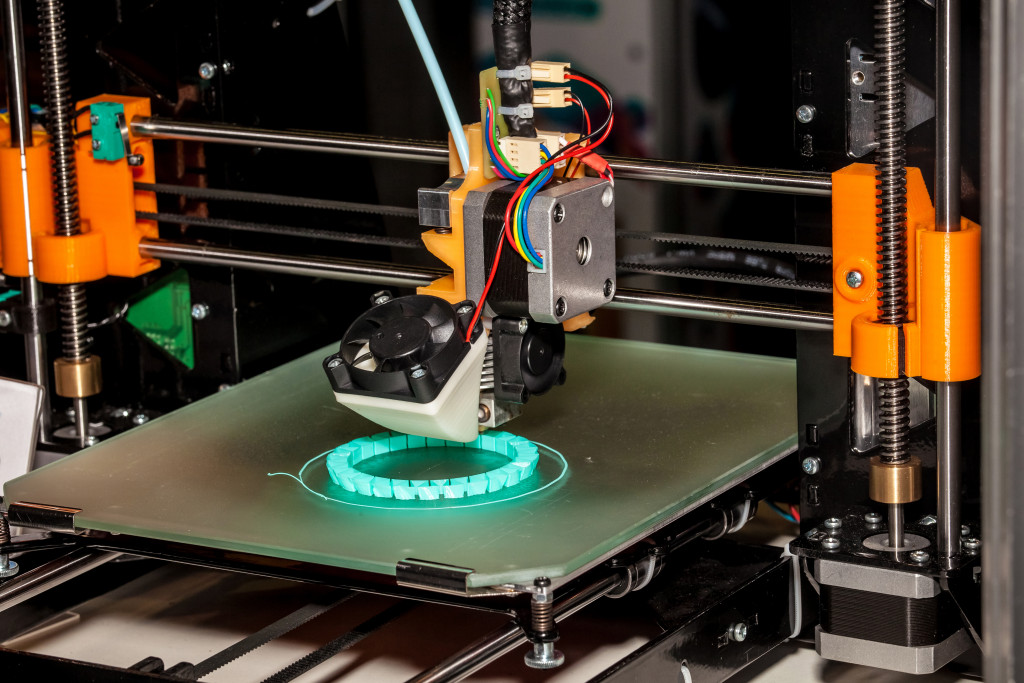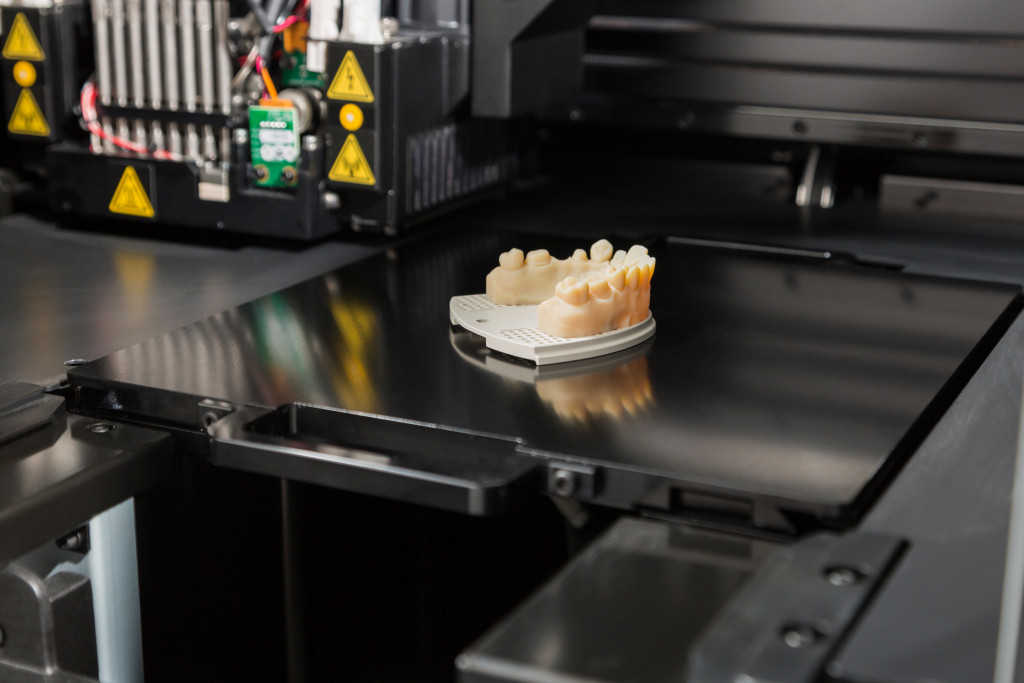3D printing has been around for a few decades now. Its uses have been growing in all sorts of industries. But the medical industry has perhaps seen the most benefit from 3D printing technology. There are many ways that 3D printing is being used in the medical field, from creating prosthetic body parts to printing human organs. And as this technology continues to evolve, it is sure to play an even bigger role in the medical world.
Here are some applications of 3D printing in the medical field that you may not know about.
Skin Grafts
When burns or wounds cover large areas of the body, there is not enough healthy skin to harvest elsewhere on the body to graft onto the damaged areas. Grafts from donors will be rejected by the body.
At the Wake Forest Institute for Regenerative Medicine (WFIRM) in North Carolina, researchers have developed a 3D bioprinting system that directly prints skin on the wound or burn. The printed skin is created from the patient’s own skin cells, avoiding rejection.
Only a small sample of uninjured tissues is needed from a biopsy. These fibroblasts and keratinocytes are placed in the bioprinted with a hydrogel. The bioprinter scans the wound and instructs the printer head on where to deposit the cells. This enables the body to grow new skin at the site.
Dental Health
Dental implants are one of the most common uses of 3D printing in the medical field. Tooth implants are 3D-printed replacement teeth that are attached to the jawbone. This helps to improve both the function and appearance of a person’s smile.
In addition to tooth implants, 3D printing is also being used to create dentures. Dentures are usually made from plastic or metal, but 3D-printed dentures can be made from a variety of materials, including ceramic and nylon. These dentures can be custom-fit to a person’s mouth, which makes them much more comfortable to wear.
Prosthetics
Prosthetics are another common use for 3D printing in the medical field. 3D-printed prosthetics can be made to look and function like almost any body part, from a simple finger to a complete limb. And because they are custom-made, they can be made to fit each individual perfectly.
3D printed prosthetics are also cheaper and faster to make. This makes them more accessible to those who need them. Children are particularly benefited because they outgrow their prosthetics quickly.
In addition to their cosmetic benefits, 3D-printed prosthetics can also be equipped with sensors. Today, these sensors are used by researchers to determine and improve the level of comfort of users.
Eventually, researchers hope to develop sensors that users can control their thoughts. This technology is still in its early stages, but it has the potential to drastically improve the quality of life for amputees.

Organ Transplants
One of the most exciting uses of 3D printing in the medical field is organ transplants. Scientists have been working on 3D-printed organs for years, and they are finally starting to make some progress. In 2016, doctors in the United States successfully transplanted a 3D-printed liver into a rat.
While human organ transplants are still a ways off, this is a promising first step. If successful, 3D-printed organs could one day be used to replace almost any organ in the body, from the heart to the pancreas.
Cancer Treatment
3D printing is also being used to create models of cancerous tumors. These models can be used for research or for training surgeons. But perhaps most importantly, they can be used to plan out cancer treatments.
By creating a model of a tumor, doctors can figure out the best way to remove it without damaging healthy tissue. This helps to ensure that the cancer is removed as safely and effectively as possible.
Cheaper Surgical Instruments
Another use for 3D printing in the medical field is the creation of surgical instruments. Surgical instruments are usually made from stainless steel, but 3D-printed instruments can be made from a variety of materials, including plastic and titanium.
Not only are 3D-printed surgical instruments cheaper to produce, but they can also be customized to each individual patient. This helps to ensure that the instrument is a perfect size and shape for the procedure being performed.
What’s Next?
3D printing is already having a significant impact on the medical industry. The few benefits mentioned here are the creation of prosthetics, dental implants, organ transplants, and even assistance in cancer treatments. It also helps make surgical instruments that are cheaper and customized for patients.
As this technology continues to evolve, its applications are sure to become even more widespread. It is clear that the potential applications of this technology are limitless. It’s exciting to think about what this technology will be able to do in the future as the world looks forward to more medical developments using 3D printing.

